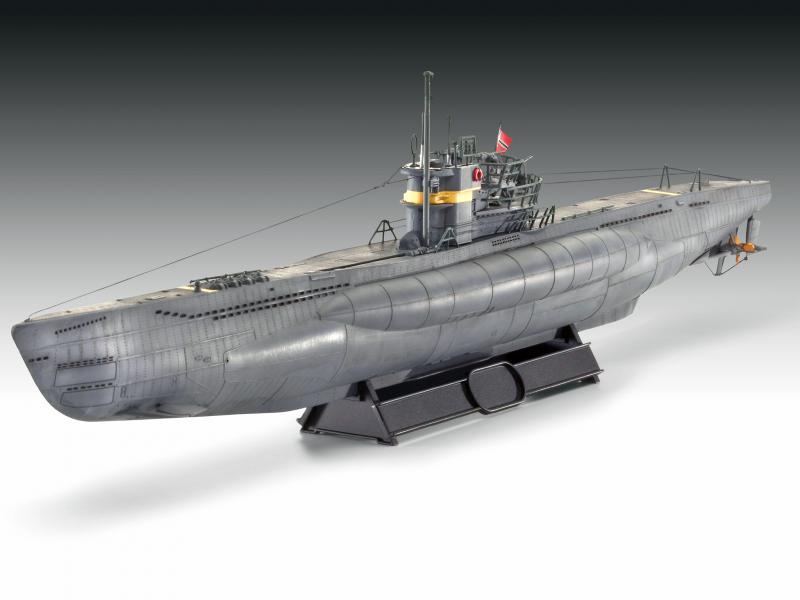
Sólo en la última parte de los años 30 se habían realizado algunos avances en la dirección general de la mecanización. Al comienzo de la Segunda Guerra Mundial, el ejército italiano tenía a mano aproximadamente 62 carros blindados Lancia 1915 y 1917, algunos fueron armados nuevamente con ametralladoras Fiat14 / 35 y algunos otros con Breda Safat 7.7 mm, una buena arma de la Regia Aeronautica.

Aunque se observaron algunas debilidades, los Lancia se consideraron adecuados para su función. IN 1945 the Lancias was employed in North-East Italy.ĭesde finales de los años treinta hasta el estallido de la Segunda Guerra Mundial, casi todas las Lancias fueron asignadas a unidades o depósitos de reserva y / o de segunda línea (incluso en el norte de África). They were used almost entirely from February 1944 around Abbazia and Fiume for anti-partisan duties, where their lack of armor protection and firepower would not be as critical. Others vehicles were seized by the Germans after Italy switched sides in 1943 and given the designation of Panzerspähwagen 1ZM (I). A few of the armoured cars were lost in the Balkans, but records are scanty. They took part in the confusing events of the armistice in September 1943 and in the confrontation with the Germans, but the crews had to sabotage their vehicles to prevent them from falling into German hands. Only six Lancias were in the armoured car platoon of the ‘Battaglione Misto Egeo’ (Mixed Battalion, Aegean) at the Psito barracks on the island of Rhodes, under the command of the Italian ‘Regina’ infantry division. However, the vehicle remained in service throughout the war, until 1943. Between the few armoured vehicles present in the country were few Lancias The outbreak of the war in June of 1940 found the Italian armoured units in AOI (Italian East Africa) almost completely unprepared, even for her own defence.

Very few Lancias saw action during the early years of the war, as it rapidly became obvious that their thin armour and poor armament could not face enemy weaponry with immunity. Only in the very later part of 30’s some progress had been made in the general direction of mechanization. At the beginning of WW II, the Italian Army had on hand approximately 62 Lancia 19 pattern armoured cars, some were re-armed with Fiat14/35 machine guns and a few others with Breda Safat 7.7 mm – a good weapon from Regia Aeronautica (Italian Air Force) stocks. Although some weaknesses were noted, the Lancias were considered suitable for their role.

From the late Thirties until the outbreak of WWII, near all of the Lancias were allotted to reserve and/or second-line units or depots (even in North Africa).


 0 kommentar(er)
0 kommentar(er)
